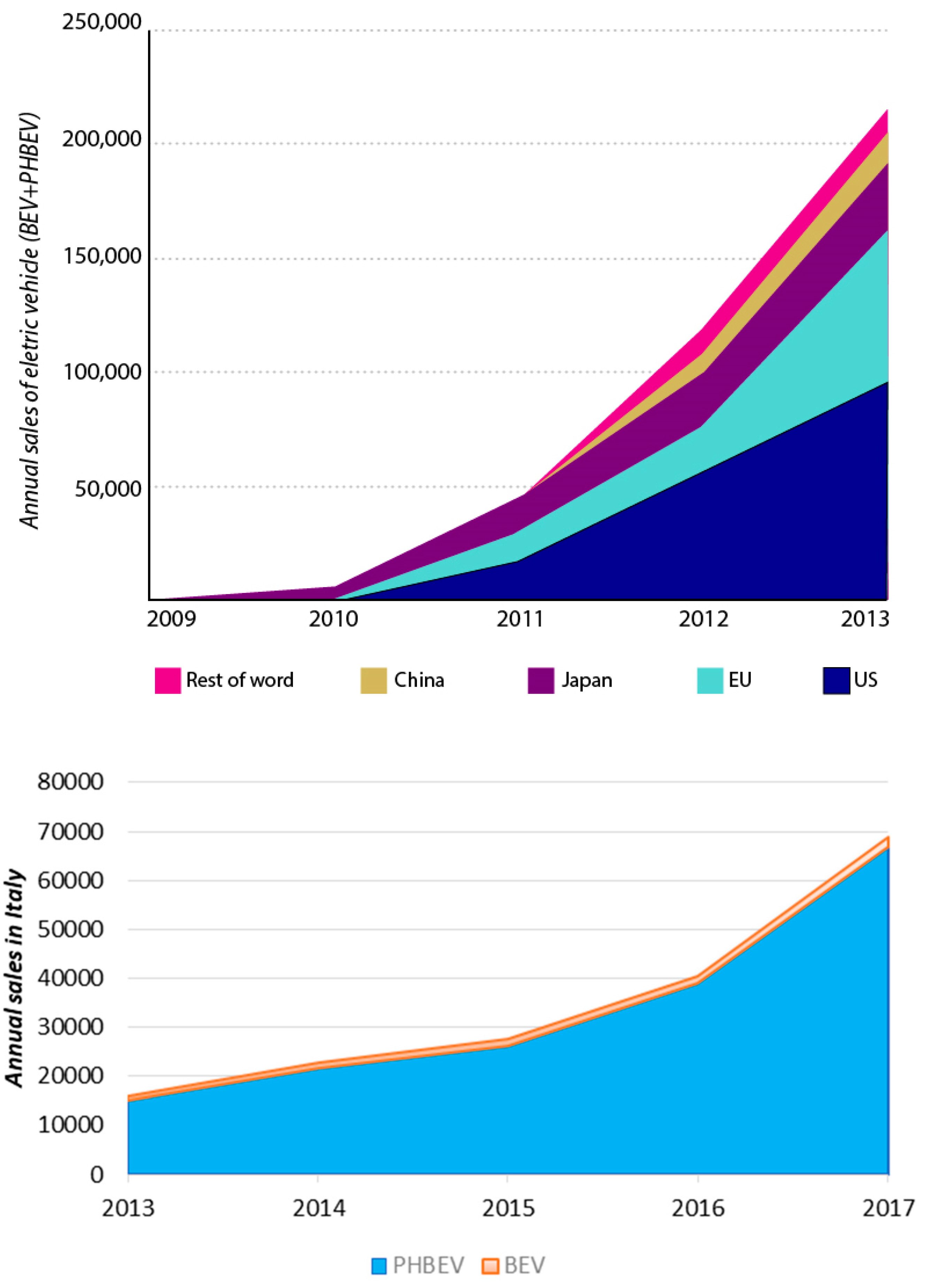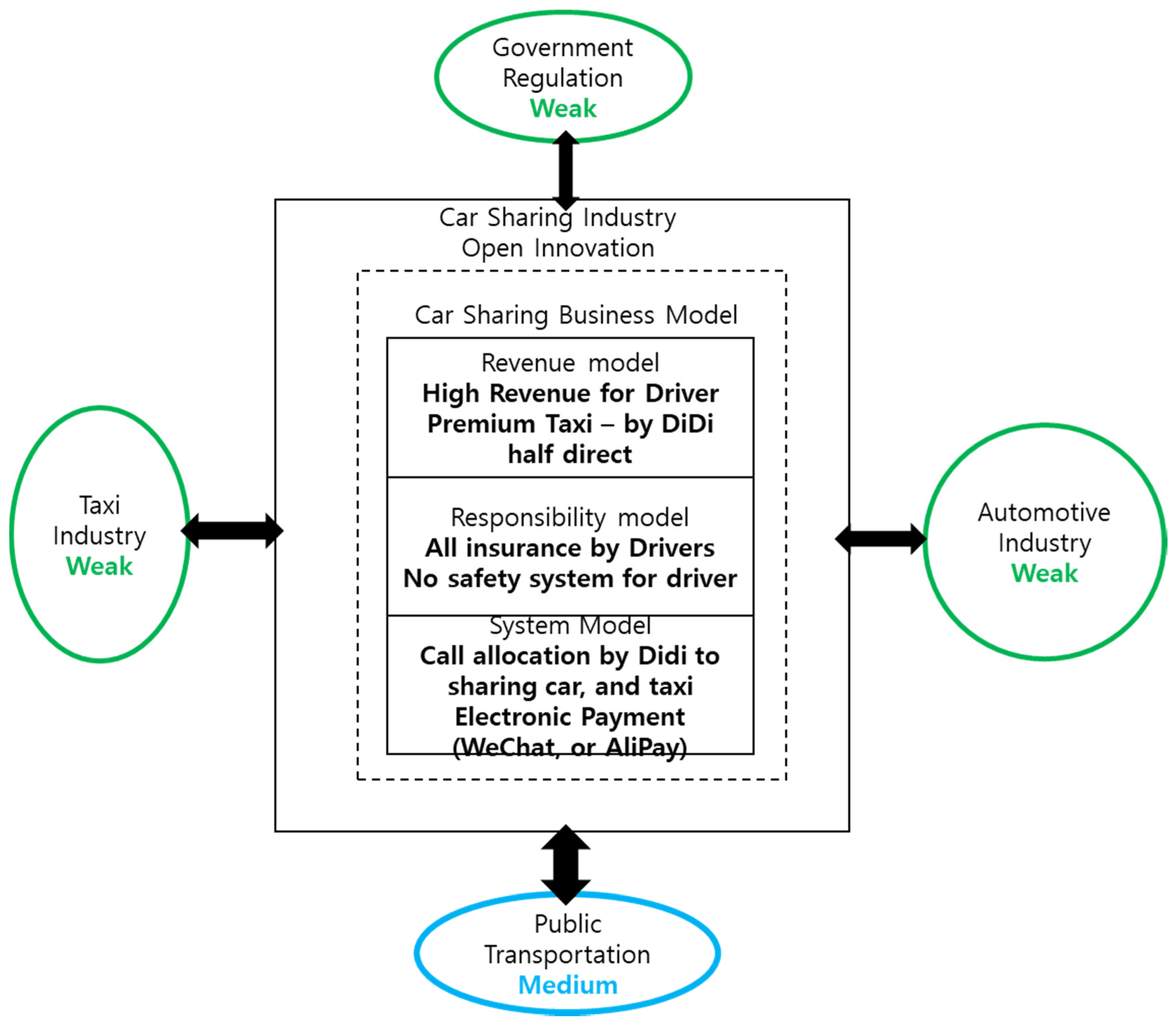

- #City car driving activation keys all version 2014.txt how to
- #City car driving activation keys all version 2014.txt drivers
- #City car driving activation keys all version 2014.txt driver
That might not sound like many, but consider the traffic backups that would result if even just a few hundred cyclists went out at rush hour and rode at leisurely speeds on the half-dozen arterial roads in my city. In the midsize midwestern college town I call home, estimates suggest about 4,000 people commute by bike. I’m sure I won’t be the only cyclist who makes these choices. To bikers and people interested in vibrant communities, this sounds great.
#City car driving activation keys all version 2014.txt how to
I can even see riding with my kids on roads, instead of driving somewhere safe to ride like a park (of course, this is all still assuming driverless cars will eventually figure out how to avoid killing cyclists).
#City car driving activation keys all version 2014.txt drivers
I won’t need to worry about drivers because the technology will protect me.ĭriverless cars will level the playing field: I’ll finally be able to ride where I am comfortable in a lane, rather than in the gutter – and pedal at a comfortable speed for myself rather than racing to keep up with, or get out of the way of, other riders or vehicles.


#City car driving activation keys all version 2014.txt driver
That’s because I’m scared of what a human driver – through error, ignorance, inattention or even malice – might do to me on tougher roads.īut in a hypothetical future in which all cars are autonomous, maybe I’ll make different choices? So long as I’m confident self-driving cars will at least try to avoid killing me on my bike, I’ll take the most direct route to my destination, on roads that I consider much too dangerous to ride on today. These days, with human-driven cars all over the place, I choose my riding routes and behavior carefully: I much prefer to ride on low-speed traffic, low-traffic roads, buffered bike lanes or off-street bike paths whenever possible, even if it means going substantially out of my way.

In fact, I think they’re mutually exclusive: We can have a world of safe, efficient, driverless cars, or we can have a world where people can walk, bike and take transit in high-quality, human-scaled communities. People are certainly talking about how self-driving cars could help build more sustainable, livable, walkable and bikable communities.īut as an urban planner and transportation scholar who, like most people in my field, has paid close attention to the discussion around driverless cars, I have come to understand that autonomous vehicles will not complement modern urban planning goals of building people-centered communities. Autonomous vehicles also seemed to provide attractive ways to use roads more efficiently and reduce the need for parking in our communities. But ever since, I have felt my pulse rise when I hear a car coming up behind my bike.Īs self-driving cars roll out, they’re already being billed as making me – and millions of American cyclists, pedestrians and vehicle passengers – safer.Īs a driver and a cyclist, I initially welcomed the idea of self-driving cars that could detect nearby people and be programmed not to hit them, making the streets safer for everyone. Luckily, I suffered only a couple bruised ribs and some road rash. Almost exactly a decade ago, I was cycling in a bike lane when a car hit me from behind.


 0 kommentar(er)
0 kommentar(er)
